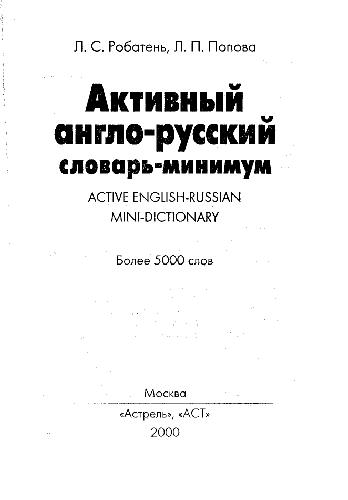- 2 402 202 книги
- Поиск
libcats.org







Logarithmic combinatorial structures: a probabilistic approach
Richard Arratia, Simon Tavaré, A. D. BarbourThe elements of many classical combinatorial structures can be naturally decomposed into components. Permutations can be decomposed into cycles, polynomials over a finite field into irreducible factors, mappings into connected components. In all of these examples, and in many more, there are strong similarities between the numbers of components of different sizes that are found in the decompositions of "typical" elements of large size. For instance, the total number of components grows logarithmically with the size of the element, and the size of the largest component is an appreciable fraction of the whole. This book explains the similarities in asymptotic behavior as the result of two basic properties shared by the structures: the conditioning relation and the logarithmic condition. The discussion is conducted in the language of probability, enabling the theory to be developed under rather general and explicit conditions; for the finer conclusions, Stein's method emerges as the key ingredient. The book is thus of particular interest to graduate students and researchers in both combinatorics and probability theory. Distributed within the Americas by the American Mathematical Society.
Популярные книги за неделю:

Проектирование и строительство. Дом, квартира, сад
Автор: Петер Нойферт, Автор: Людвиг Нефф
Размер книги: 20.83 Mb

Система упражнений по развитию способностей человека (Практическое пособие)
Автор: Петров Аркадий НаумовичКатегория: Путь к себе
Размер книги: 818 Kb

Сотворение мира (3-х томник)
Автор: Петров Аркадий НаумовичКатегория: Путь к себе
Размер книги: 817 Kb

Радиолюбительские схемы на ИС типа 555
Автор: Трейстер Р.Категория: Электротехника и связь
Размер книги: 13.64 Mb

Момент истины (В августе сорок четвертого...)
Автор: Богомолов Владимир ОсиповичКатегория: О войне
Размер книги: 1.83 Mb
Только что пользователи скачали эти книги:

Активный англо-русский словарь-минимум / Active English-Russian Mini-Dictionary
Автор: Л. С. Робатень, Автор: Л. П. Попова
Размер книги: 20.11 Mb

Рентгенодиагностика заболеваний пищевода, желудка, кишечника
Автор: Антонович В.Б.
Размер книги: 5.11 Mb








